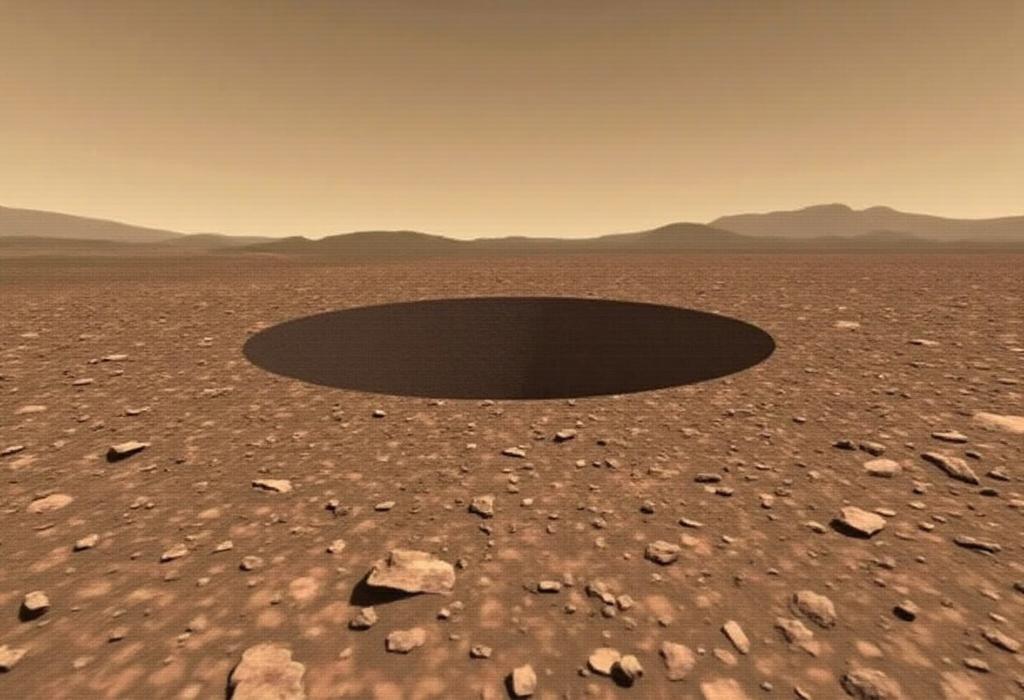In a groundbreaking study co-authored by Dr. Michael Tice from Texas A&M University, researchers have unearthed significant discoveries regarding the geological history of Mars' Jezero Crater, which serves as the landing site for NASA’s Perseverance rover. Published in Science Advances, the findings suggest that the crater's floor consists of a variety of iron-rich volcanic rocks, presenting an unprecedented opportunity to explore the potential for ancient life on Mars. Dr. Tice, who specializes in geobiology and sedimentary geology, emphasized the value of their research, stating, 'By analyzing these diverse volcanic rocks, we’ve gained valuable insights into the processes that shaped this region of Mars.' The Perseverance rover, which landed in the Jezero Crater on February 18, 2021, as part of the Mars 2020 mission, is primarily focused on searching for signs of ancient microbial life. The rover is equipped to collect core samples of Martian rock and regolith, aiming for future analysis on Earth.
Utilizing advanced technology such as the Planetary Instrument for X-ray Lithochemistry (PIXL), the team performed detailed chemical analyses of two distinct types of volcanic rock identified in the crater. One type is characterized by dark tones rich in iron and magnesium, while the second, lighter-toned type, consists of plagioclase crystals within a potassium-rich groundmass. These geological attributes indicate a complex history of volcanism involving various lava flows.
The implications of these findings extend beyond mere geological curiosity. Should Mars have experienced prolonged volcanic activity, it opens a compelling dialogue regarding the planet's past habitability. If active volcanic systems similar to those on Earth were present, they could have provided the sustained conditions necessary for life’s development. Dr. Tice's optimism about future discoveries aligns with NASA’s Mars Sample Return mission slated for the next decade, which aims to bring samples back to Earth for further analysis.
In a separate yet equally fascinating discovery, the Perseverance rover recently identified a dark-colored rock formation dubbed 'Skull Hill,' which exhibited unusual features with pitted surfaces likely caused by wind erosion. The possibility that this rock could either be a sample from the Martian surface or even an extraterrestrial fragment adds another layer of intrigue, although initial chemical analyses suggest it is most likely an igneous rock formed from cooled lava.
These findings not only enrich our understanding of Martian geology but also highlight the evolving narrative of the planet's potential to have supported life. As researchers like Dr. Tice continue to analyze these rocks, the implications for future exploration and understanding of Martian history become even more profound. The technology employed by the Perseverance rover is advanced beyond any past missions, reinforcing the idea that we are on the brink of significant revelations about Mars and its capacity to harbor life.
AD
AD
AD
AD
Bias Analysis
Bias Score:
25/100
Neutral
Biased
This news has been analyzed from 20 different sources.
Bias Assessment: The article presents a scientific discovery with a focus on facts and expert quotes without sensationalist language or undue speculation. While there is inherent positivity surrounding the research and optimism for future discoveries, the reporting maintains a measured tone, primarily reflecting the scientists' legitimate findings and perspectives. The bias score accounts for the scientific optimism typical in such discoveries without veering into unfounded assertions.
Key Questions About This Article




